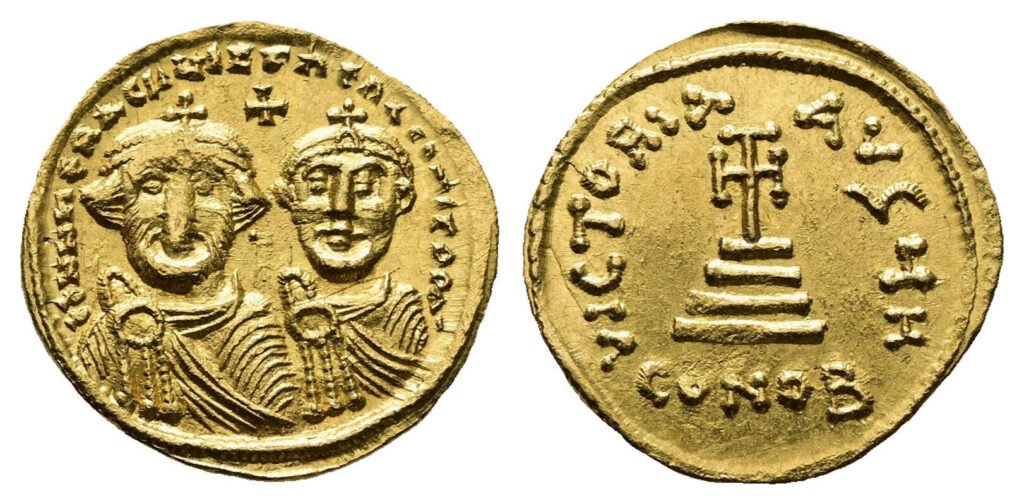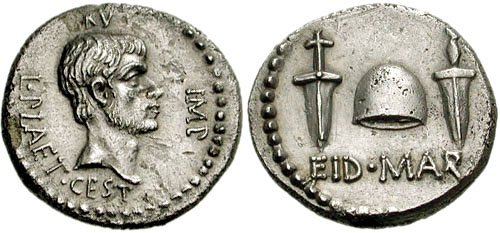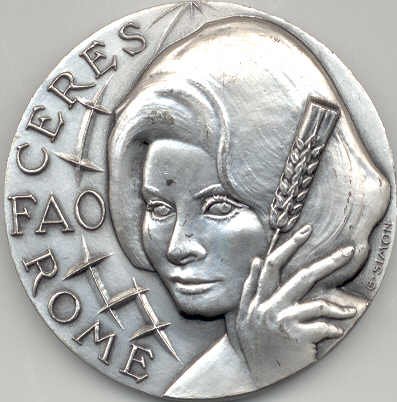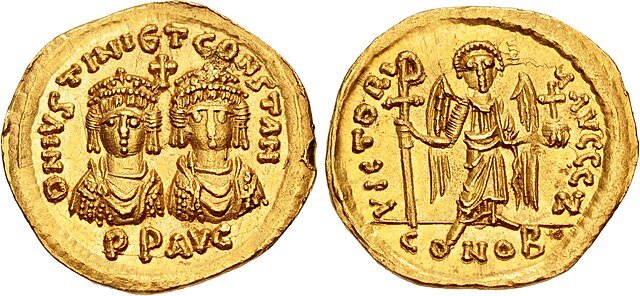Commemorative Coins & Regional Byzantine
Why These Commemorative Coins Matter?
Most people think of Byzantine coins as golden mosaics frozen in time — religious, rigid, and deeply imperial. And they’re not wrong. But within this vast empire’s coinage lies something even richer: commemorative coins issues and regional coins that tell stories of war, survival, succession, and faith.
These aren’t just coins. They’re snapshots of turning points — minted to remember, to assert, or to survive. If you collect Byzantine coins, these pieces are where the real narratives live.
Let’s dive into ten remarkable coins — from imperial triumphs to provincial resilience — and explore why they still captivate collectors like you and me.
1. 🥇 Solidus of Emperor Justinian I (527–565)
“The Lawgiver’s Legacy in Gold”
If there’s one name every Byzantine collector knows, it’s Justinian I. His solidus is as iconic as his legal code.
-
Legend: DN IVSTINIANVS PP AVG
-
Mint: Constantinople
-
Years: 527–565
These gold coins typically show Justinian facing forward, clad in military regalia, often holding a cross or globe. The reverse? An angel or Victory figure — divine blessing for a divine-right ruler.
💡 Collector Insight: Solidus coins of Justinian are widely available but still revered. Look for sharp portraits with full inscriptions. They feel timeless.
2. ⚔️ Victory of Heraclius over the Persians (627)
“A Coin Struck from Victory”
After years of devastating war, Emperor Heraclius finally defeated the Persians in 627 — and made sure the world knew.
-
Legend: DN HERACLIUS PP AVG
-
Mint: Primarily Constantinople
-
Year: 627
These coins show Heraclius with his sons, or sometimes alone, dressed in military garb. The message? Rome lives on — with God’s help.
💡 Collector Insight: Coins from this period are full of bold messaging. Look for coins showing Heraclius holding a cross or symbol of triumph.
3. ☀️ Coin of Constantine the Great (324–337)
“The Sun Never Sets on Constantine”
After defeating Licinius in 324, Constantine the Great struck coins to cement his divine right and refounding of Byzantium as Nova Roma — later Constantinople.
-
Legend: CONSTANTINVS AVG
-
Mint: Constantinople, Trier, others
-
Years: 324–337
Some coins feature Constantine with Sol Invictus — the Unconquered Sun — behind him. Pagan flavor in a Christian empire.
💡 Collector Insight: These coins blur the line between Roman and Byzantine. Transitional, symbolic, and historic.
4. 👑 Heraclius & Heraclius Constantine (613–641)
“A Father and Son Rule Together”
This joint-portrait coin is a visual representation of dynastic continuity — a clear message during an unstable time.
-
Legend: DN HERACLIUS PP AVG
-
Mint: Constantinople
-
Years: 613–641
The obverse often shows both emperors side by side, crowned and robed. Sometimes, even a third — the younger son Heraclonas — joins the party.
💡 Collector Insight: This type is especially moving for collectors who love dynastic history. A multi-portrait Byzantine coin is always a standout.
5. ✝️ Coins of Theophilus (829–842)
“The Iconoclast’s Message in Metal”
Emperor Theophilus ruled during the iconoclast movement — a period when religious images were banned. His coins? Surprisingly… still religious.
-
Legend: DN THEOPHILVS PP AVG
-
Mint: Constantinople
-
Years: 829–842
Often shows a cross potent on steps, or a simple bust of Theophilus. You can feel the tension between imperial policy and the sacred imagery the empire loved.
💡 Collector Insight: Rare proofs of Theophilus coins show strong, defiant iconography. Great conversation starters.
6. 🔥 Solidus of Phocas (602–610)
“The Usurper’s Gold”
Phocas took the throne by force, executed Maurice, and ruled with fear. His solidus marks a dark chapter.
-
Legend: DN FOCAS PP AVG
-
Mint: Constantinople
-
Years: 602–610
His coins show a strangely vacant stare — some say it reflects his paranoia. Reverse often has Victory with a cross.
💡 Collector Insight: A short reign means fewer coins, but enough survive. A Phocas solidus in mint condition? A sinister beauty.
7. 🛡️ Nicaean Coins of the 4th Crusade (1204–1261)
“Minting in Exile”
When Crusaders sacked Constantinople in 1204, Byzantines regrouped in Nicaea. There, they minted coins to say: We’re still here.
-
Legend: +LORDVS NICAEA (varies)
-
Mint: Nicaea
-
Years: 1204–1261
Designs are crude but defiant — often showing Christ or symbolic crosses. Coins weren’t about beauty, but survival.
💡 Collector Insight: These coins are rare and emotional. Owning one feels like holding rebellion in your hand.
8. 🏛️ Coins of the Byzantine Themes (7th Century)
“The Decentralized Drachmas”
As the empire restructured into themes (military provinces), mints popped up across regions.
-
Legend: Varies — often abbreviated or localized
-
Mint: Asia Minor, Balkans, Eastern Med
-
Year: ~7th Century
Coins may depict local leaders, simplified crosses, or even city gates. Minting mirrored military autonomy.
💡 Collector Insight: Thematic coins are tricky to source and identify — but they’re perfect for collectors who love obscure regional history.
9. ⚔️ Coin of Alexios I Komnenos (1081–1118)
“The Comeback Coin”
Alexios I saved the empire from collapse. His coinage reflects revival — bold busts, clearer legends, and renewed prestige.
-
Legend: +AΛEΞΙΟΣ B ΑY
-
Mint: Constantinople
-
Years: 1081–1118
You’ll often find Christ on one side, Alexios on the other — asserting heavenly approval of the Komnenos comeback.
💡 Collector Insight: A great mix of Imperial art and Crusader-era context. A must-have if you’re building a First Crusade collection.
10. 🏛️ Regional Coins of the Exarchate of Ravenna (6th–8th Century)
“Rome’s Last Stand in Italy”
In Ravenna, Byzantine officials ruled post-Western Empire Italy. Their coins blend East and West in fascinating ways.
-
Legend: Usually DN IVSTINIANVS PP AVG (or successor)
-
Mint: Ravenna
-
Years: 6th–8th Century
Imagery is often traditional — emperor busts, crosses — but styling feels Latin. A melting pot in metal form.
💡 Collector Insight: Rare and beloved in the West. Great for collectors focused on Byzantine Italy or late Roman transition pieces.
Final Thoughts: Coins that Tell the Empire’s Whole Story
Byzantine coins are already rich with meaning — but these commemorative and regional types go further. They reflect change. They mark turning points. They weren’t just used — they were minted with intent.
Whether you’re collecting emperors, crises, crusades, or coins from the edge of the empire, there’s a commemorative or provincial coin for every type of numismatist.



